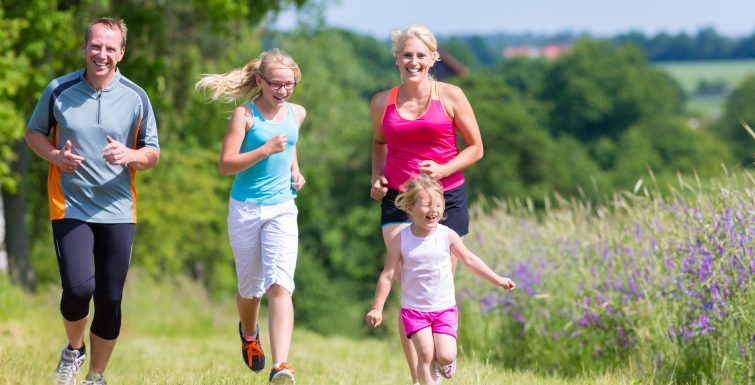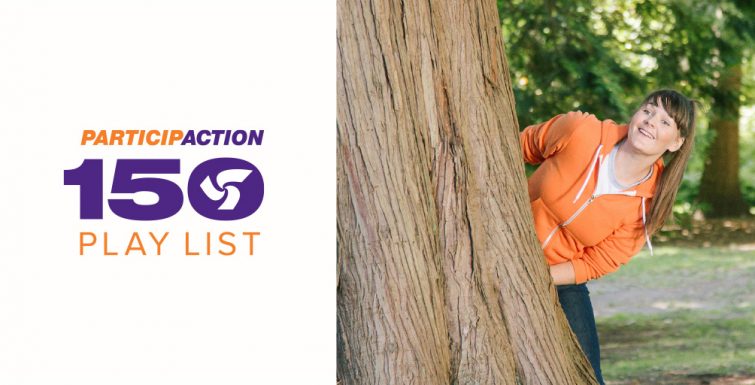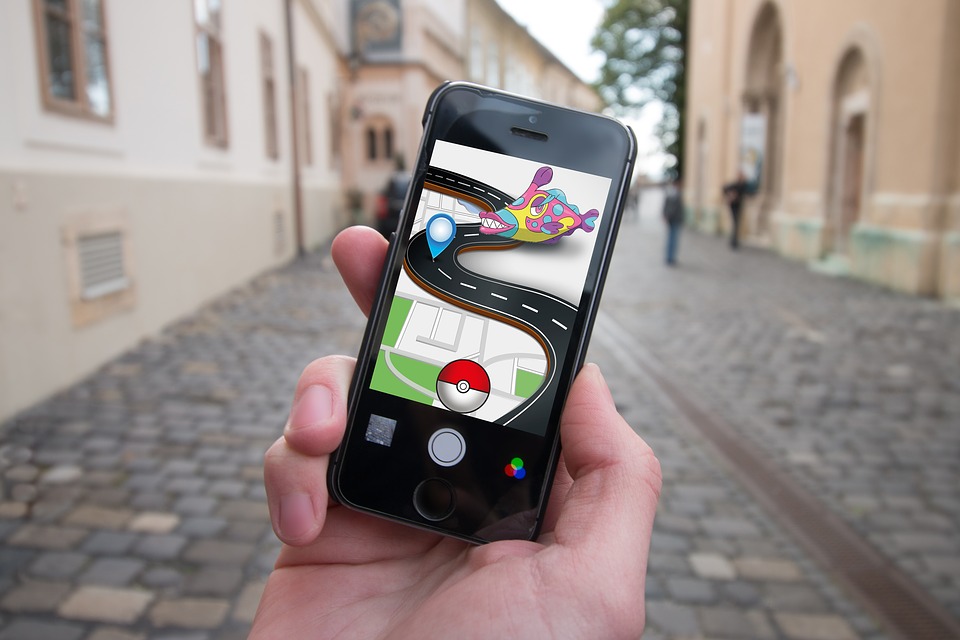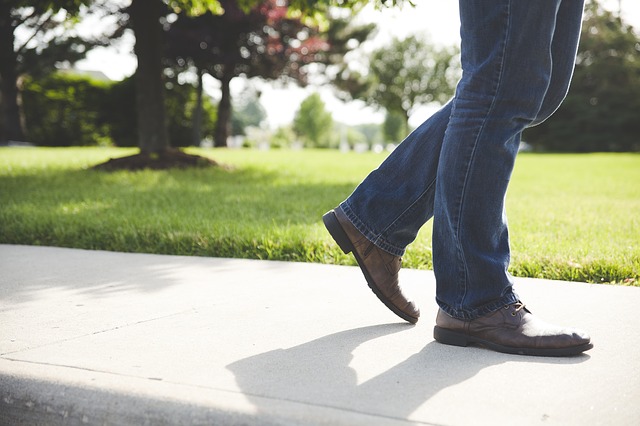Julie Entwistle, MBA, BHSc (OT), BSc (Health / Gerontology)
While I am not a fan of technology (especially for kids), I do like technology that gets people moving. Personally, I am the new owner of a FitBit Blaze and have found that my level of physical output has certainly increased since I can now track and monitor my heart rate, sleep and overall level of activity. I have discovered that my ritual morning dog walk is over 7,500 steps and my preferred bike ride is 30km and keeps my heart rate at an average of 120 beats per minute. That is all great feedback for someone that likes to keep upping the exercise ante.
So, considering my love of all things that encourages mobility, I would like to embrace Pokémon GO, except for the host of challenges this has created since it started. Tabloids have reported that Pokémon GO players have been walking into traffic, falling off cliffs, venturing illegally over the border, and trespassing, all in pursuit of Pikachu. I also know that “text neck” is becoming increasingly problematic the more we are all looking down constantly at a screen and interacting with that instead of the world in front of us. Toronto is looking to make “texting and walking” illegal due to the inherent risks this causes with people not paying attention, veering into others, and generally being oblivious to their surroundings. If we need to make laws to stop people from looking down while walking, how can Pokémon GO be a “good thing”?
Yet other data has indicated that people playing walk 30% more than “most people” (not sure how they figure out how much “most people” walk, but regardless…) and in some cases the game can be used as a helpful parenting and family tool to get outside, connect, play a virtual game of “hide and seek” and learn about road safety, property boundaries, and how to respectfully interact with strangers who might also be playing. I also hear that the game has a way of keeping you playing (like all addictive games) in that the more you walk, the more Pokémon you can locate. This might be a good addiction (encourages exercise), provided of course, it is safe. So, I am still unsure whether “to Go, or not to Go”.
As an occupational therapist that helps people who are injured by or in cars, or who break bones falling, I am concerned about the aftermath of obsessive and oblivious Pokémon play if this leads people into unsafe territory. So, whether I decide to “Go”, or decide to let my children “Go”, I have created this list of safety suggestions to consider:
- Always be aware of your surroundings and play in groups.
- When watching your screen and walking, try to stop when looking down, see what you need to see, then look up and continue. If you need to look down and walk, try to look out in front of you, not at your feet. Look on the horizon like people do when driving. That way you can reduce the risk of text neck and have a better visual of your path.
- Always pay attention to road and traffic signals.
- Drivers, be aware that kids may be playing and that kids are carefree, not careless, and that they may wander in front of a moving car if their game is leading them somewhere exciting. Make eye contact with the player, or slow down the car if eye contact does not occur.
- Don’t trespass. That upsets people and not everyone is going to be thrilled that you are standing on their lawn chasing a virtual gremlin.
- Watch for pets and signs that warn of animals that might not be friendly. Dogs are not going to know what you are doing, and may see anyone on their property as a threat.
- Stick to daylight. It is always safer to walk when others can see you, but if you must be out at night, wear light or reflective clothing and carry or wear a bright light.
- Bring water and perhaps a snack. People can lose serious track of time when gaming is involved.
And remember, that even without a device, you can still “Go” or create outdoor games for you and your children. All Pokémon GO essentially is, is a virtual Scavenger Hunt. So, really there is little difference (minus the text neck) between finding Pikachu and friends, and looking for a feather, rock in the shape of an arrow, or an Oak tree. Keep it simple and remember that you don’t need technology to go for a walk.








